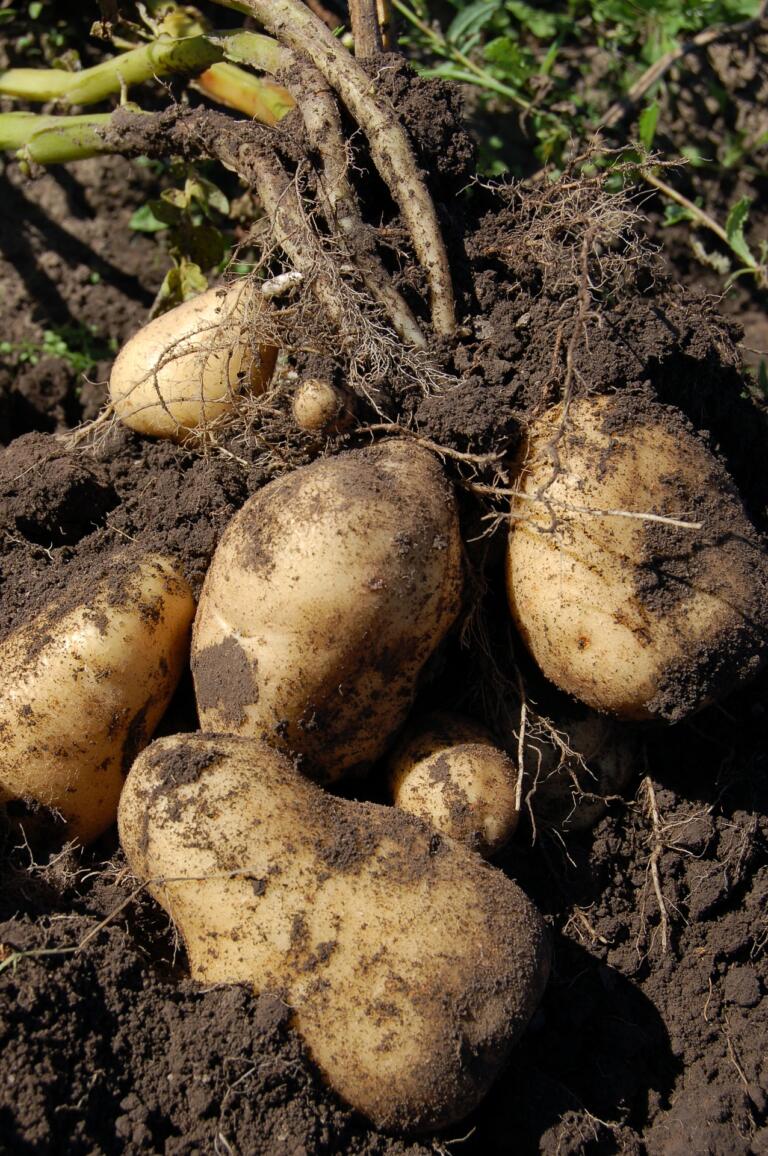Use of pesticides, fungicides and insecticides is necessary if you are to keep your crops at their best, but doing so causes a risk of its own. By following these tips, you can make sure that you use the pesticide in a manner which is safe for you, for anyone else around you, and for our environment.
- Keep Clean and Tidy
A pesticide is a harmful substance. It’s important to minimise your use of, and contact with, it where possible. This is why you should aim to keep the spraying area clean and tidy, removing and destroying any dead crops or rotting vegetable matter on a regular basis. This practice removes sources of food and shelter for some pests and will make your spraying more efficient.
- Don’t Forget Your Pesticide Handling Kit
You are going to need thick, impermeable gloves, goggles, tough trousers and long sleeve shirts. A coverall is probably the best bet. Assemble these items and keep them together as your handling kit, whether you are using a fungicidal treatment for potatoes or for cereals, or a pesticidal spray.
- Plan How Much You Need
Storage can be tricky for insecticides and pesticides. You will have to keep the material away from children and animals. You will have to store it in a protective container so it doesn’t get contaminated. And you will be held responsible if any of the substance leaks into the water supply. A better option is simply to plan ahead. Know exactly how much you need and use that much in your project. This eliminates storage worries.
- Consult Local Regulations on Storage
If you do end up having to store some left over pesticides – such as Jetti Duo or Tyranex 500 – it is important to do it safely. Different local jurisdictions may have different rules and regulations when it comes to the storage of harmful chemicals. You need to check these rules and make sure you are compliant, both for your safety and to avoid a fine.
- Make a Spill Plan
What happens in the case of a spillage? What do you have at hand to clean up the excess chemicals, and what can you use to contain the spill? You need to plan exactly what you will do if you happen to spill any of the chemicals. Answering these two questions is a good place to begin.
- Check the Wind Direction
Wind direction is a critical variable, particularly in the case of large scale spraying. If the wind is blowing the wrong way, your pesticide could blow onto houses, onto people working nearby, or onto yourself and your team. Check wind direction before you begin, and keep monitoring it during the job.
- Make Sure All Areas Are Ventilated
In most cases, pesticide application will be conducted outdoors. If you do need to spray indoors, make sure that the area is extremely well ventilated with a good flow of clean air. Make sure you can leave the area quickly and safely if required.
- Wash Your Hands and Face Straight Away After Use
Fungicides and pesticides have a habit of clinging to the hands and face after use, potentially causing serious harm. Wash your hands and face thoroughly before doing anything else.
- Do a Comprehensive Sweep of the Spraying Area First
Before you begin spraying, check to make sure the area is clear. Any humans or animals which are in the area may suffer significant harm, so double checking is important. You should also check for any hazards which may inhibit you as you work.
- Don’t Spray in the Rain
Rain water will carry the pesticide material away from the crops or plants where it is needed, and deposit it directly into the water table. For this reason, avoid spraying in rainy conditions. Ready to get started keeping your crops free from pests and blight? Check out our extensive range and find the material you need, or get in touch with our team to find out more. Adhere to instructions and precautions as per the product label and directions for use booklet.


